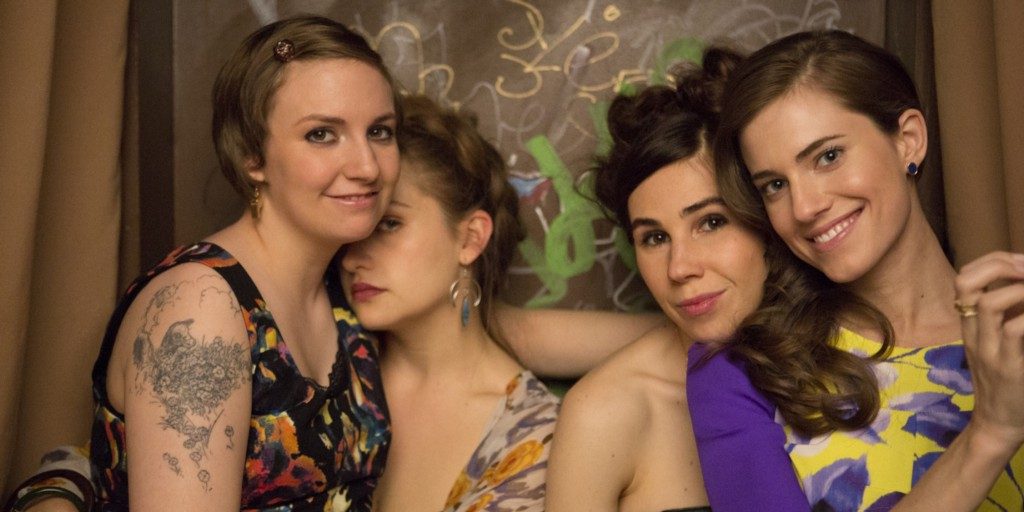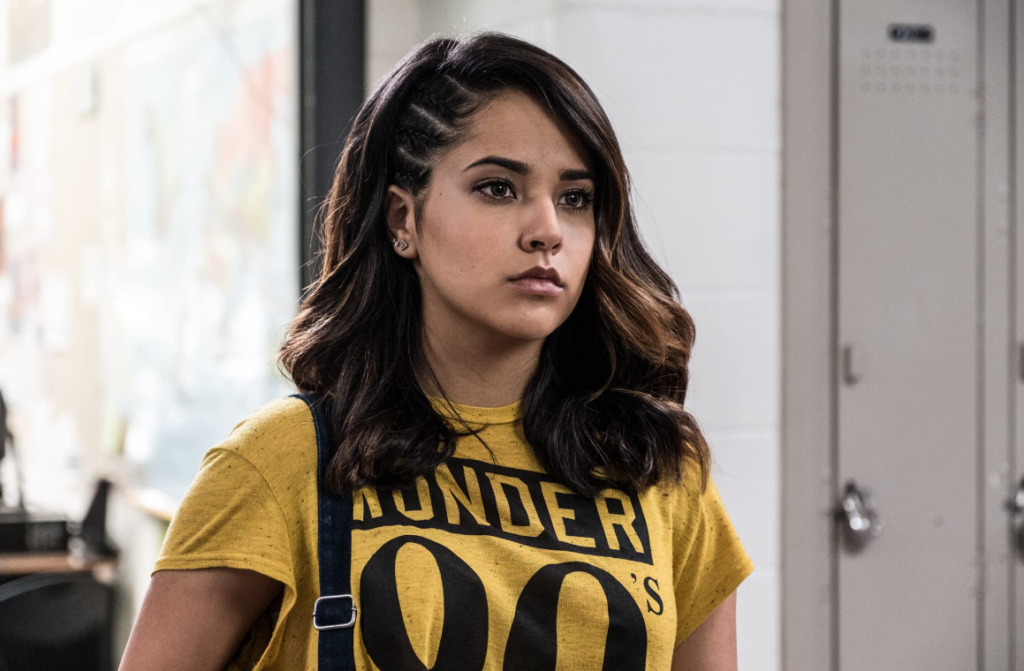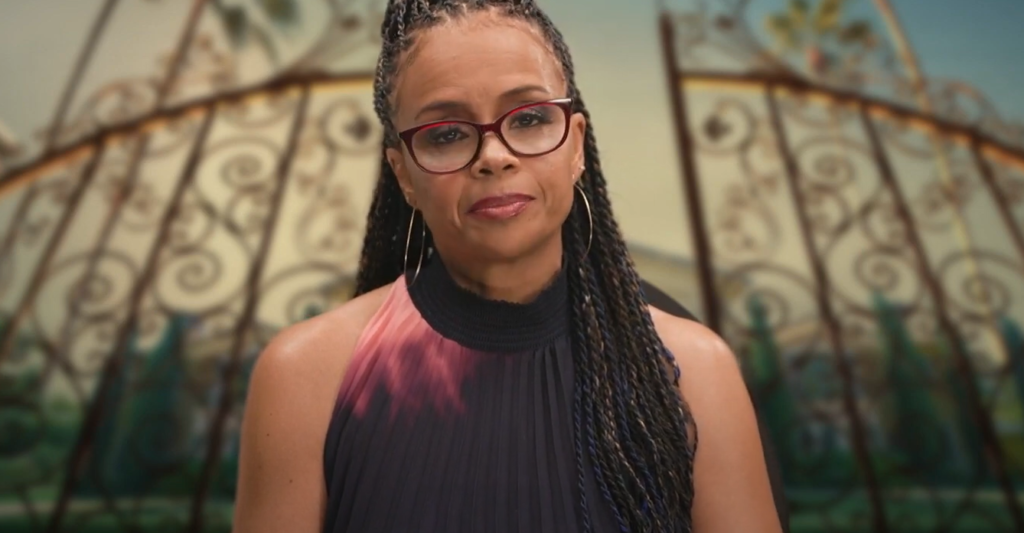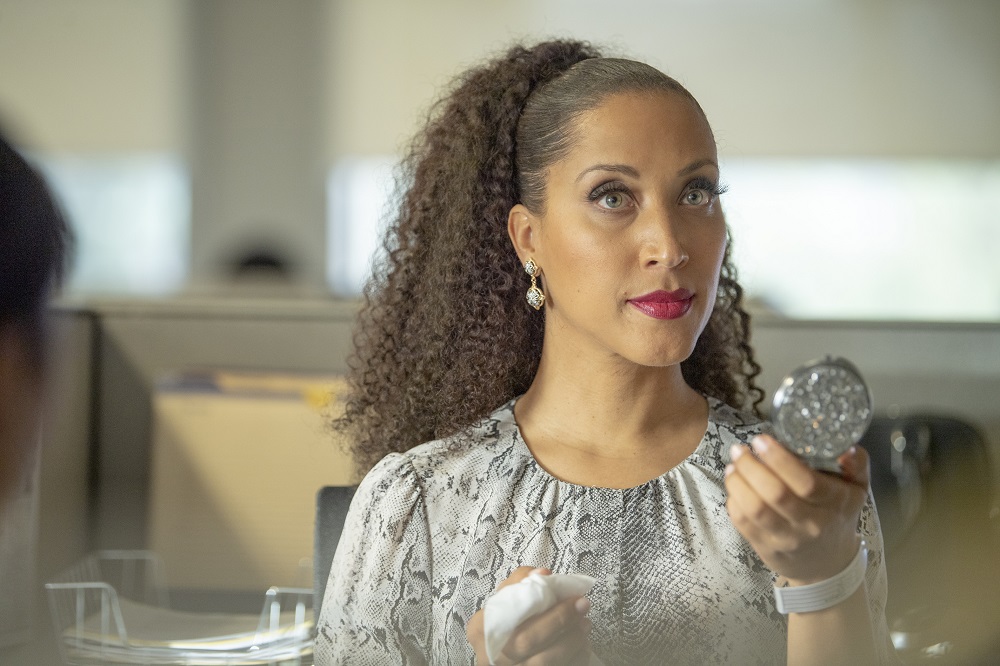Lena Dunham’s Girls, which returns to HBO for its third season on Sunday night, can be difficult to see as simply a television show. When it premiered in 2012, the series, which follows the lives of four white, young, privileged, and somewhat oblivious women living in Brooklyn, prompted a fierce debate about racial diversity in television that has become a seemingly permanent feature of critical conversations. On a smaller scale, Dunham’s willingness to do nude scenes and her characters’ questionable sexual decisions, including a scene of a not-entirely-consensual sex act, have prompted similar reactions. And the Girls’ sour, self-interested behavior and youthful, often poor decision-making have helped expose the deep divides in the public embrace of female anti-heroes and the disgust that greets female characters who commit the sin of unlikability.
But even as it functions as a rich and sometimes infuriating cultural studies seminar, Girls is also a situation comedy, if at times a defiantly unfunny one. And the tension of managing those dual roles was clear when Lena Dunham returned to the Television Critics Association press tour in Pasadena on Thursday — as it does on Girls itself.
Dunham can be extraordinarily tough on her characters. Towards the end of last season, in the midst of a recurrent bout of obsessive-compulsive disorder, Hannah Horvath, the aspiring writer Dunham plays, gave herself both a dreadful haircut and a damaged eardrum. But in the midst of a high-flying debate about likability and race at TCA, Dunham was quick to remind the audience that she has a huge affection for the fictional women whose lives she meddles with.
“I love them,” she told the audience. “I think that they are trying their hardest, which is sort of the most you can ask of the people in your life, and I feel sad when they struggle, and I feel happy when they triumph. And I’m excited by the unique ways that they fail and succeed.”
If in the last season of Girls, Hannah’s OCD, Shoshanna (Zosia Mamet) and Marnie’s (Allison Williams) breakups, and sexually adventurous Jessa’s (Jemima Kirke) failed marriage to a finance dweeb and subsequent breakdown seemed designed to reassure skeptical audiences that Dunham knows her characters aren’t saints and to provide consequences for her characters, then her compassion for them shows through more in season three. In the previous two seasons, Girls has opened with shots of Hannah in bed first with Marnie, her best friend, then with Elijah (Andrew Rannells), her fickle gay roommate. This year, she’s spooning with her boyfriend Adam (Adam Driver), who makes sure she takes her anxiety medication and works with her at their coffee table. Hannah’s book project is back on track and she’s working with Ray (Alex Karpovsky) at Grumpy’s. Hannah’s parents, who cut her off in the pilot, are even back in New York to throw her a birthday party. Her mother grumbles about paying for the alcohol, but has a good time just the same.
(Spoilers in this paragraph.) And there are signs of growth. Hannah, who now has greater emotional resources at her disposal, agrees to venture to upstate New York to pick Jessa up from rehab, where she’s been dispatched by her grandmother. When it turns out that Jessa didn’t really need to be signed out and just wanted Hannah to make an effort for her, the two friends have a bruising, funny conversation. Whether the result will be Jessa’s changed behavior or the dissolution of their difficult friendship is a larger question. Marnie, who’s broken up with Charlie again, and is also working at Grumpy’s, is still miserable, but at least her therapy of choice is a job and an apartment of her own, rather than an attempt to become an appendage to another man, like the artist she dated last season. Shoshanna, free of Ray, is trying to mix up sexual adventures with senior-year studying in a simultaneously airheaded and endearing effort to pack as many experiences into her life before leaving college. The outcomes of all these plot developments are uncertain. But Hannah and her friends are moving now, like a tectonic plate, broken free of the friends who jostled close to her like other land masses. The results could be volcanic and disastrous, or something beautiful and awe-inspiring.
None of this is to say that Dunham is taking refuge from questions about nudity or the criticisms of the show’s initial lack of diversity. Rather, she came to TCA prepared to engage with them. “It’s a realistic expression of what it’s like to be alive, I think,” she swatted one critic who asked why she was naked so frequently on the show.
And on questions of diversity, Dunham was candid and thoughtful, in marked contrast to her producer Judd Apatow, who responded to questions with canards about requiring every show to meet quotas. If he was trying to defend Dunham, he would have done better to let her speak for herself.
“Yes, it’s uncomfortable when negative attention is aimed at you,” she acknowledged. “But I also felt like that’s such an important conversation that if we are going to be the instigator of that, I’m not going to be frustrated about it, because that’s a conversation that needs to happen in the world. We need to talk about diversifying the world of television, and we are trying to continue to do it in ways that are genuine, natural, intelligent…. I’ve learned so much in the past few years about intersectionality, the way that feminism has underserved women of color. I really try to educate myself in those areas.”
And Dunham said that she felt like Girls, which has always remained tightly focused on its all-white core cast, had laid enough groundwork to start expanding the world of the show, especially with two additional episodes to work with in the third season.
Whether that satisfies her critics remains to be seen, but Girls is noticeably more diverse in its third season, in ways large and small. Orange Is The New Black standout Danielle Brooks appears in the first episode as a fellow patient of Jessa’s who’s at first infuriated by Jessa’s arch comments in group therapy. “Fuck you, Hairstyle,” she snaps at Jessa, tossing a cup of coffee in her face — then later has a brief affair with her. A Latina lesbian couple shows up at Hannah’s birthday party in the show’s third episode, and Hannah is visibly thrilled to see them, though Girls doesn’t linger on the pair for long. And when Hannah goes to work for an advertorial project at GQ.com, one of her coworkers is an African-American woman who isn’t defined by a stereotypical trait like the Asian co-worker who’d gotten hired for her Photoshop skills back in the first season.
These decisions are progress, albeit incomplete progress. And they raise the question of whether Girls might be better off with sustained engagement with a single character of color, rather than rotating through guest appearances. A character like Sandy (Donald Glover), the black law student Hannah was dating in season two, who was integrated into Hannah’s emotional life in such a way that she might have been able to hear his critiques of her behavior, would have both created dramatic tension in the show and given space to other perspectives on the characters. But Sandy’s character bowed out in deference to what Girls sees as its great romance, Hannah’s relationship with Adam. Brooks’ character seems likely to meet a similar fate after Jessa flees rehab.
“We never want to start a storyline that we are going to kind of let flitter off,” Dunham said in response to a question about Girls and race. “So, now, we are finding ways to introduce people who are more lasting because we are ready to open up the worlds of these girls.” If that means building towards a regular on the show who’s non-white, it would infuse the world of Girls with oxygen that the show’s cramped Brooklyn apartments and increasingly — though intentionally — ill-fitting friendships badly needs.
Ultimately, though, Girls is both compelling television and a major cultural flashpoint precisely because the characters are so personally raw, and because the show has grown so publicly.
“I think there’s been a lot of license for men to act in a lot of really ugly ways in film, in television,” Dunham said. “And I feel so lucky that we are not held to any standard of sweet, female decency. We get to depict these girls in all of their flawed glory.” Girls’ critics haven’t always extended the same sorts of assumptions of good faith to Dunham that she so freely grants to her characters. But as long as Dunham retains her own ability to keep her show moving towards what the posters for the third season dubbed “Happily Whatever After,” Girls will remain a fascinating experiment, and an important one. And it’s pretty good television, too.
[Editor’s note: Congrats to Lena Dunham on Girls getting picked up for a fourth season!]







